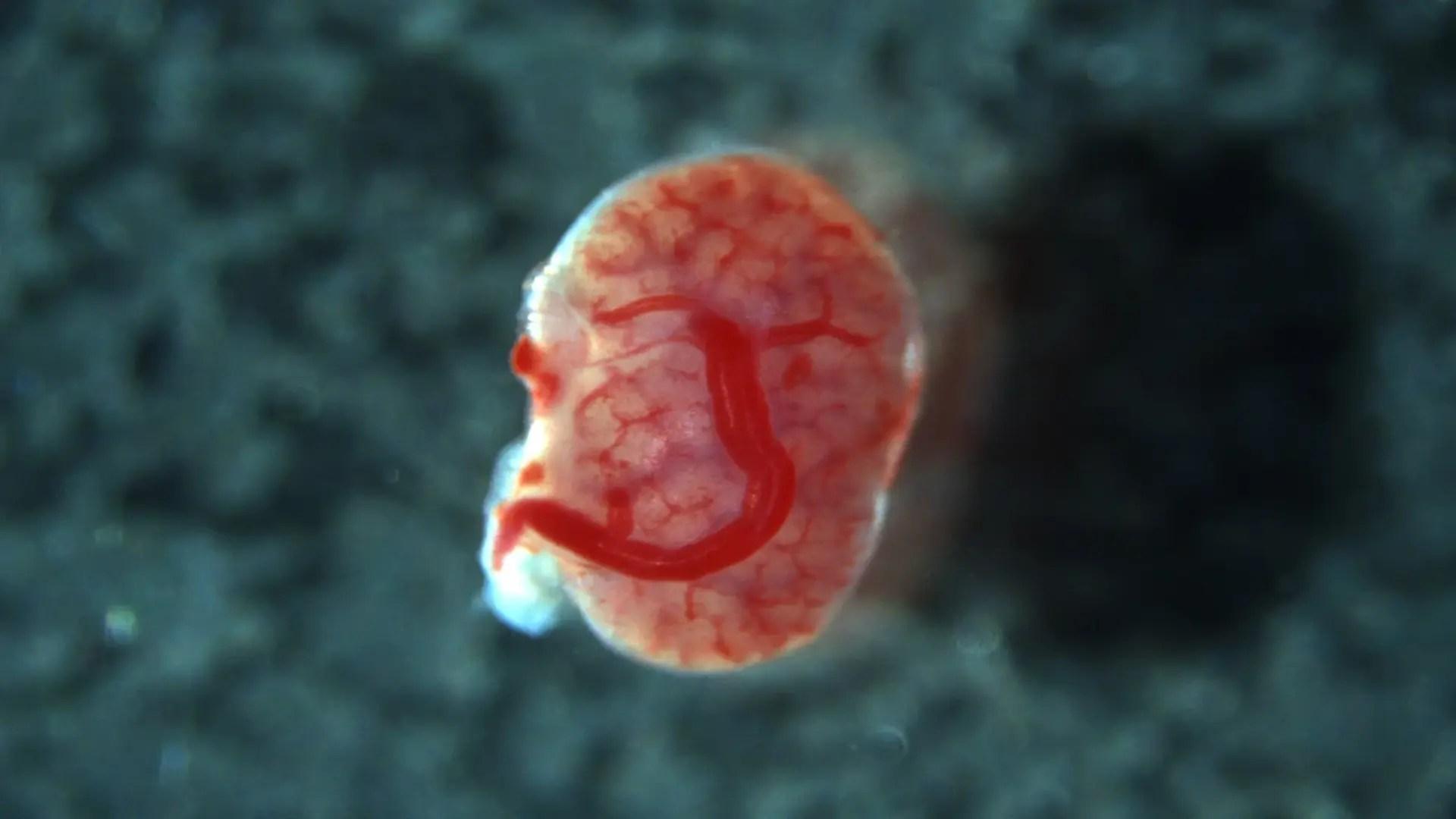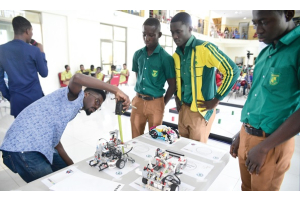Kidney Transplanted From One Rat Fetus To Another: A Remarkable Medical Breakthrough

In a groundbreaking study conducted by Japanese scientists, kidney tissue was successfully transplanted between rat fetuses while they were still in the uterus. Although the study is yet to undergo peer review, it represents a significant step toward future in-utero xenotransplantation in humans.
The researchers focused on a neonatal condition known as Potter sequence. This condition can occur when there isn’t enough amniotic fluid surrounding a developing fetus. Among the various symptoms associated with Potter sequence, kidney abnormalities are common. These abnormalities can lead to kidney disease or even prevent proper kidney development altogether. Babies born with severe kidney issues often don’t survive long enough to receive dialysis or other invasive treatments. Therefore, finding a way to address these kidney problems early is crucial.
The study involved transplanting kidney tissue from one rat fetus to another. Here’s how the procedure unfolded:
- Donor Fetuses: The tiny kidneys were removed from donor rat fetuses.
- Recipient Fetuses: Pregnant rats were anesthetized, and their uteruses were carefully exposed. The kidneys were then injected through the uterine wall and placed approximately 5 millimeters under the skin of the recipient fetuses.
- Fluorescent Labeling: The donor kidneys were labeled with green fluorescent protein, allowing surgeons to verify successful tissue transfer.
Success Rate: The average success rate for the transplant was an impressive 88%. Of the nine fetuses transplanted, all but one showed evidence of the green fluorescent protein upon birth. - Kidney Development: The transplanted kidneys seemed to develop normally, although they were separated from the recipient rats’ own urinary tracts and required manual drainage by the researchers.
- Host Blood Vessels: An intriguing observation was that the host rat’s blood vessels began growing inside the donor tissue. This development is promising for overcoming transplant rejection.
While this study was conducted in rats, it opens up exciting possibilities for human medicine. The researchers even experimented with fetal mouse kidneys, demonstrating successful interspecies transplantation. This approach could potentially pave the way for using fetal pig kidneys in human patients, bridging the gap until more invasive treatments become feasible.
In summary, this pioneering research represents a significant milestone in the field of transplantation. While there are still many challenges to overcome, the prospect of in-utero xenotransplantation offers hope for addressing neonatal kidney issues and saving lives in the future. The journey from rat fetuses to human patients may be long, but it’s a journey worth taking. Remember, medical breakthroughs often start with small steps – even if those steps are taken within the tiny confines of a rat’s womb.





